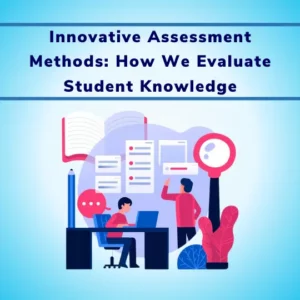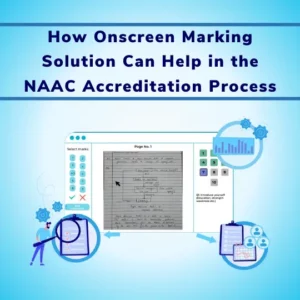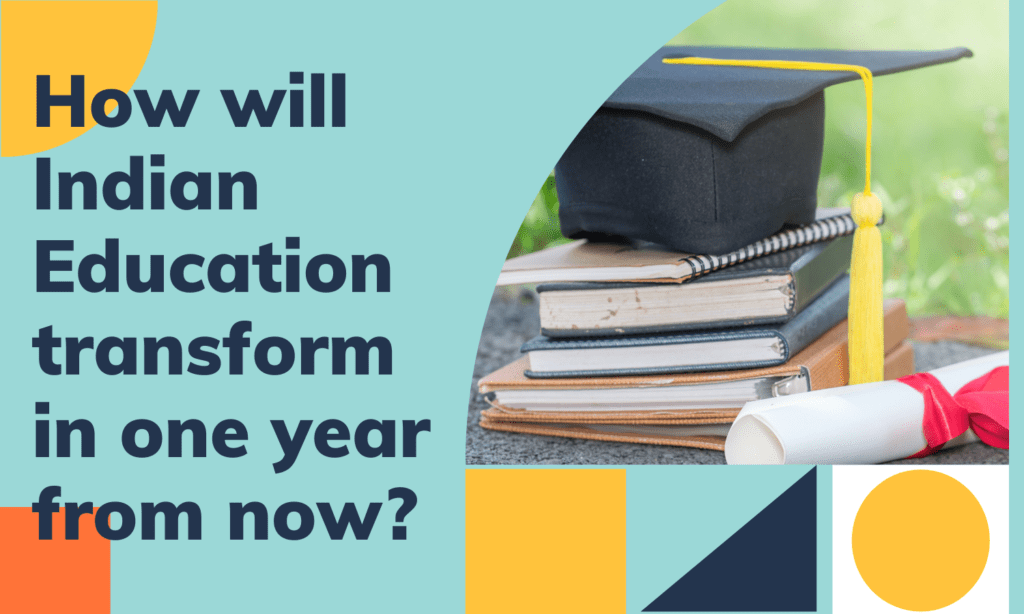
The Indian education system is still very much in an evolutionary mode. The technology adoption is still very much incremental. Even within this context, there is a lot of significant churn happening. There is a lot of focus on skill development, on getting students ready for careers.
What will the education system look like one year from now?
After the Indian government approved funding for AI and ML based projects, it is expected to change the education scenario. But the question is, how exactly will it change?
Here is how the education system will look in 2023
Although some of these transformations yielded some negative outputs, but there is a transformation which has proved life-changing for the entire education sector in the world. This transformation is nothing but the switch from traditional classroom based education to the internet based online education.
The percentage of the people who have partially or completely switched to online examination process is more than 82%.
But before understanding what this transformation is and its effects in the present and future, let us first have a look at the Indian education system in the recent past.
Article Contents
Interesting Facts about Indian Education System
India has the largest education system in the world, with over 1.5 million schools and more than 260 million enrolled students.
The literacy rate in India has increased significantly over the past few decades, from around 25% in 1951 to more than 74% in 2021.
India is home to some of the oldest universities in the world, including the University of Nalanda (established in the 4th century AD) and the University of Taxila (established in the 6th century BC).
India has a large private education sector, with more than 40% of all schools being privately owned.
The Indian education system is divided into four levels: primary (ages 6-10), upper primary (ages 11-14), secondary (ages 15-17), and higher secondary (ages 18-20).
The medium of instruction in Indian schools is typically either English or the local language, depending on the region and the school.
India has a number of prestigious universities and colleges, including the Indian Institutes of Technology (IITs) and the Indian Institutes of Management (IIMs), which are known for their high quality of education and research.
India has a large number of international students, with more than 500,000 foreign students studying in the country in 2021.
Despite significant progress in education, India still faces challenges such as high dropout rates, gender inequality, and a shortage of trained teachers in rural areas.
How was Indian Education System until the year 2022?
Since olden times, Indians have considered education as important as basic human needs such as Food, Clothing and Shelter. Indians have always been taking education in classrooms. Classroom education was only way in which teaching-learning activities were carried out until the corona virus pandemic broke out in India in 2020.
Before corona virus outbreak in India, the students and the teachers belonging to every part of country travelled to school every day.
The teachers taught the standard syllabus which is set by the government/board to the students. The teachers were supposed to teach the lessons, resolve student queries, revise the syllabus, set the question paper and check the answer sheets.
The students were supposed to listen to the teacher, assimilate the lessons, ask queries and write the exams to get promoted to the next year.
Along with this, the students could also participate in different activities such as cultural or sports. But being good or winning in these activities did not help them to pass and get promoted.
Thus, the traditional education included syllabus which was not perfect for each and every student. Also the speed of the lessons taught in the class was not suitable for each individual. This happened because every child has different interests, different IQ level and different pace for grasping knowledge.
In spite of these inevitable differences, every student’s progress was measured against standard metrics to declare them pass or fail. All these things were not given any emphasis on while designing the courses.
Also, there wasn’t much scope for the students to pursue their career in sports or any other cultural activity. Unfortunately, even technology was given very little importance for delivering or receiving of education which was a real disappointment.
These were some very crucial drawbacks of the traditional classroom based education which desperately required a big change. Considering this fact and also the fact that Covid-19 pandemic might not end soon, the Indian education Ministry and the educational institutions decided to assimilate some substantial transformations in the education.
Let us discus the transformation which occurred last year 2020 in the education sector.
What changes were brought about in the Education sector in the year 2020?
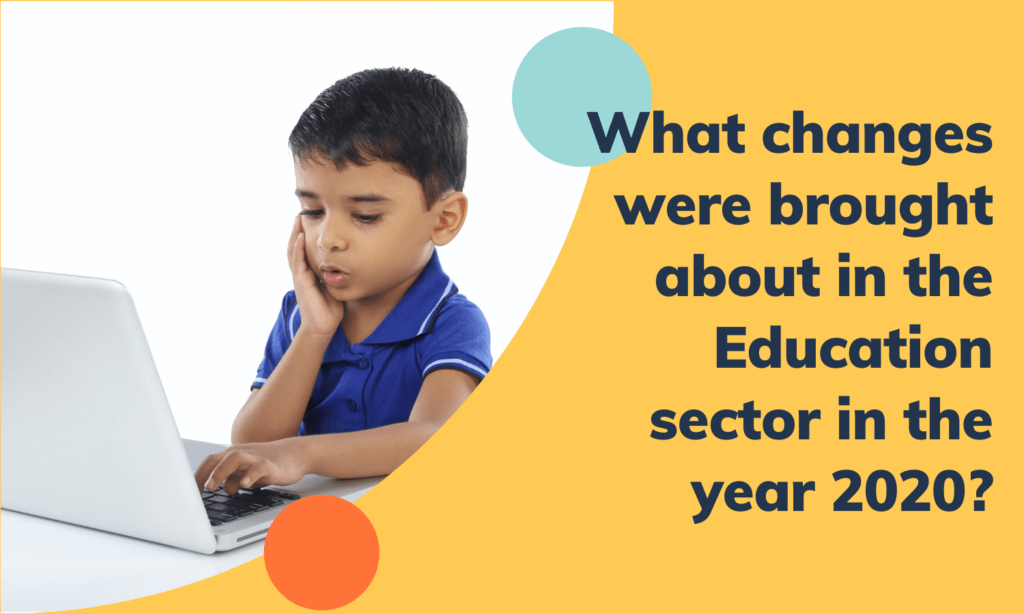
The classroom based education proved completely impractical after the pandemic hit India. The educational activities did stop for a while as the students, teachers as well as the administrative staff had to stay at home.
But technology and its amazing innovations stepped forward. Technology was the only and the best option which was not only reliable but also extremely powerful and effective. Also, its benefits could be reaped with the help of two basic things- an internet based device and a stable internet connection.
The penetration of internet is 50% in India. It is estimated that, by the end of 2023, the number of internet users in India will be nearly 835 million.
Thus technology was optimally used for conducting classes, conducting examinations, checking the online answer sheets, generating results as also for providing admissions. Many educational institutions adopted different technological platforms or EdTech tools were for this purpose.
These technological platforms were developed using the most modern and advanced technology which helped the teachers and the students as well to carry out educational activities smoothly. The platforms such as Learning Management Softwares proved very useful to organize classes, plan topic wise schedules, conduct discussions and tests,
The educational institutions adopted platforms which would help them to provide admission and collect fees in an online manner. This enabled the students to apply for the colleges or courses of their choice even if they were located in other countries that too in half the price.
The classes were conducted with the help of video conferencing tools such Google classroom or Zoom using which the students are teachers interacted remotely. The examinations were conducted in an online that was kept free from cheating and malpractices with the help if technologically advanced Remote Proctoring mechanisms.
The online examination softwares also offered tools such as Onscreen Answer Sheet Evaluation which could be used to evaluate the answer sheets in an online mode. This tool also helped to calculate the total and generate results along with analysis reports and feedbacks.
Innovative and advanced technologies such as Artificial Intelligence and Machine Learning were used to develop these softwares which would be multi-functional, reliable, efficient, secure and most importantly cost-effective which helped the education sector to carry out with the educational activities while following the social distancing norms.
Along with the above switch from offline to online modes of learning, there were also a few changes made in the Indian Education Policy which would change the education system entirely but in the best way possible. These changes would help the coming generations to make better career choices and in return help the country move towards a brighter future.
Let us now have a look at the transformation which we would be able to witness one year from now.
How will the Indian Education System change in the year 2022-23?
The new set of National Education Policies which are still in a draft form will help the education system in many ways. It will help to provide more focus on incorporating technology in education. It will give less importance to rote learning and help the students to pursue careers in unconventional fields as well.
The education in the year 2021-22, would adopt Hybrid method for education. This education would be a combination of online classes and examinations and offline classroom based education. To abide by the social distancing norms, only half of the students would be able to visit schools or colleges to attend the classes at a time. The remaining half would attend the lectures in online manner.
This would also help the teachers and students to become more techno-savvy and their understanding about upcoming technology would also increase. Thus Hybrid method of education would help the education system to upgrade to better education facilities and also keep alive the essence of traditional method of classroom-based education.
In the coming year, as the online education or e-Learning would still be in vogue, the education system will need to explore better options in technology for improvement.
As per a survey, 48.18% which is half almost half of the participants, have already adopted online solutions for their respective institutions. Thus, it will witness an evolutionary phase in terms of technology.
Until now, only a few technologies were being used to teach students. But going forward, other technologies such as Virtual Reality, Internet of Things (IoT), Data analytics, etc. would be used to improve the learning experience.
With the help of these newest and ground-breaking technologies, the students will be able to understand even the most complex theory concepts and also help them to perform practicals from their own homes. Technology would thus help the students understand better which will help them to retain their learning for a long period of time.
The incorporation of online classes and modern technologies will give rise to adoption of many new EdTech tools. These tools will help the stakeholders of education to flawlessly manage very activity related to education. These EdTech tools will ensure an all-rounder improvement in the education.
The future of education lies in projects. Project-based learning is a method of education in which the students would be given tasks/assignments/projects to be completed individually or in groups. This would help the students to explore stuff on their own, study them, find their own interests and present their work in their own words and thoughts.
Thus, we can see that the upcoming year would be filled with interesting things which would be fun as well as informative to the educational stakeholders. It will bring in some major changes which would help to improve the level and quality of education provided in our country.
Now that we are aware of the upcoming transformations in education sector, let us discuss their advantages.
What are the advantages of these transformations?

The year 2021-22 will indeed introduce many new transformations in education both in terms of policies as well as technology. Below are a few advantageous of transformations which would prove useful to the entire educational sector.
- Anywhere and anytime access
The online education or e-Learning can be taken from anywhere across the world. It can be taken irrespective of geography or time zones. This helps the students belonging to the remotest location to take courses of their choice. As the lectures are recorded, the students can watch the lectures any time they want. - Minimum requirements
The technology runs on internet. Hence, to attend online lectures the students need to have access to an electronic device which supports internet and a stable internet connection. These two are the minimum requirements which are not very difficult to manage. - Effective and better understanding
With the use of web camera and speakers, the teaching-learning process becomes very lively. The students and teachers can interact easily with the help of many e-Learning tools.The teachers can create schedules, plans, videos, daily progress sheets, presentations, etc. by using these tools which helps to deliver the lessons much easily. The teachers can shares notes in through emails or messages. Also, all the class-related information would be stored on Cloud.
- Cost – saving
The transformations in education is going to prove very beneficial in terms of investments and costs. The teachers and students would not need to travel every day to visit the schools, colleges or universities. The students wouldn’t need to travel abroad to pursue education in the college or university of their choice.The educational institutions would need to spend half of the investments they needed to spend on infrastructure before. As the EdTech tools are stand alone and multi-functional, the educational institutes can save their costs spent on administrative activities as well.
- More choices and expanded scope
The new set of NEP will ensure that the education doe not just focus on theory and marks. The students will be provided with many options during their school education. Pursuing career in different arts or sports will be encouraged. Other vocational and practical subjects will also be included to help students gain more hands-on experience.
Thus, these transformations in the education sector are going to prove beneficial in many ways. These transformations might just prove to be a blessing for the Indian society.
However, making these transformations in the education system is not going to be a cakewalk. The education stakeholders and the Education Ministry will surely face some challenges while implementing them.
Let us have a look at the challenges in the next point.
What are the challenges/limitations of these transformations?
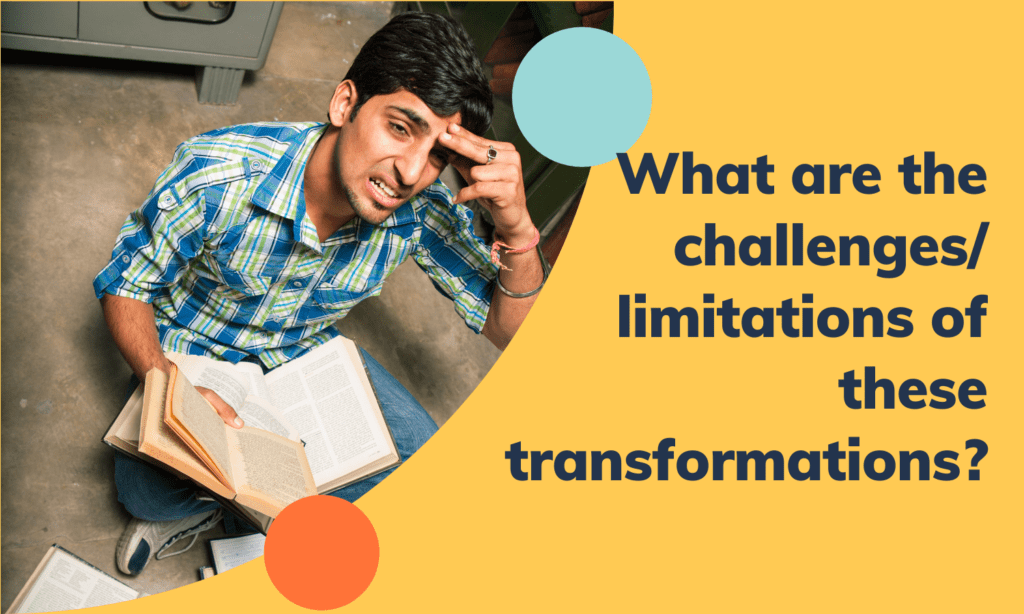
“All good things come with a price.”
As rightly mentioned in this saying, every good thing has some shortcomings or limitations. Implementation of these educational transformations is a challenge in itself.
It is indeed very difficult to change a system which has been followed by the people since the beginning of time. It is extremely toilsome to inform people about these transformations and make them understand its importance and usefulness.
Apart from that, there are few other challenges or limitations which would be face by educational stakeholders after implementing the changes. They are as mentioned below.
- Less interaction
Until now, the students and teachers interacted face-to-face during traditional classroom lectures. But now they interact during virtual classroom sessions. This might seem little overwhelming for those students who are used the classroom education. Those students would not try to interact during the virtual classes although they were very interactive during classroom lectures. - No scope for sports, cultural or group building activities
This is an important limitation of online classes and Hybrid education as well. The classes conducted in online manner can be made interactive, but when it comes to sports or cultural or group building activities, they certainly do not prove much useful.The students belonging to the same class are able to interact virtually but are unable to meet each other or play together. This prevents them from making friends, sharing food or even their physical activity is restricted. Online education also restricts gatherings, picnic and other cultural events which students look forward to.
- Access to internet
Around 70% rural population in India do not have access to internet while 98% of the urban population does. The internet connectivity is very low in the remote rural areas. Due to these reasons, the students belonging to the rural areas remain deprived of education.
- Less valuable
There are chances of certificates or degrees acquired after completion of online courses carrying less weightage compared the certificates or degrees earned through offline classes. The candidates carrying an offline degree might get preference during job interviews over those who carry an online degree. - Can affect health
The students need to attend online with the help of electronic devices. 54% of the parents stated that there was an addition of 5 hours in the time which the students spent in front of the screens. The increase in the screen time can affect children’s health negatively.Overuse of the screen can cause damage to their eyes leading to a condition known as ‘tunnel vision’. Increase in the screen time for longer durations can cause behavioral issues in children as also affect their ability to focus and deplete their mental energy.
Thus, these transformations which seem beneficial and trustworthy might also have some stumbling blocks. But for now, we can leave these limitations or challenges to the Education Ministry and educational institutions to be tackled.
Conclusion
From all the points discussed above, we can say that the many changes are expected in the next year in the education sector.
Splashgain has developed platforms for online admissions and fee collection, online examination and for onscreen answer sheet evaluation. All these platforms have been developed using the best and advanced technology available.
As a result, many reputed educational institutions located at different locations worldwide have utilized these platforms and benefitted from them. They are now able to carry out every process related to online education flawlessly.


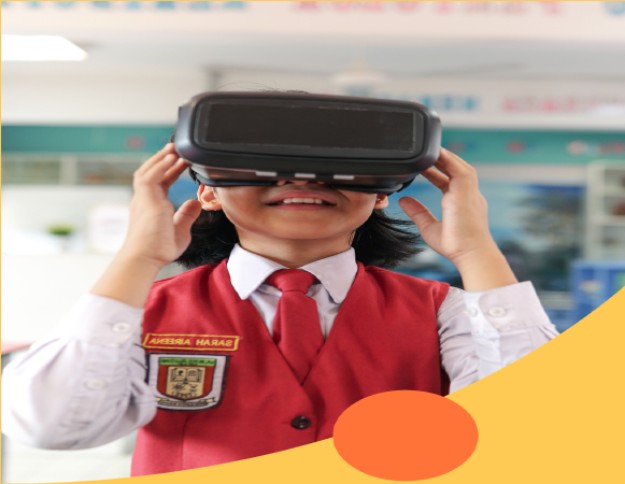
![Transforming Central Govt. Exams Evaluation: How Onscreen Marking is Leading the Charge [Case Study]](https://www.eklavvya.com/blog/wp-content/uploads/2024/04/How-Onscreen-Marking-Revolutionized-Central-Govt-Exams-Case-Study-1-150x150.webp)
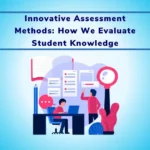


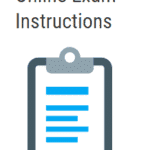

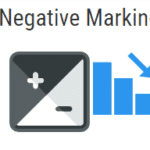









![How Onscreen Marking Revolutionized Central Govt Exams [Case Study]](https://www.eklavvya.com/blog/wp-content/uploads/2024/04/How-Onscreen-Marking-Revolutionized-Central-Govt-Exams-Case-Study-1-300x300.webp)
